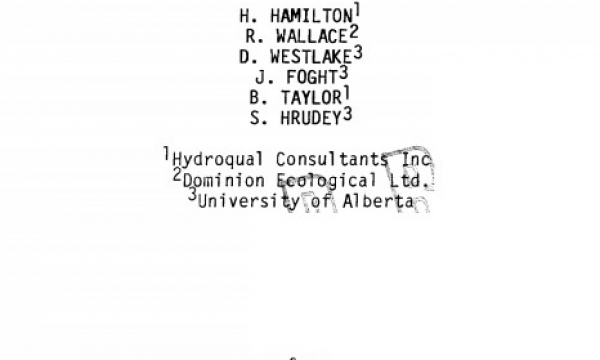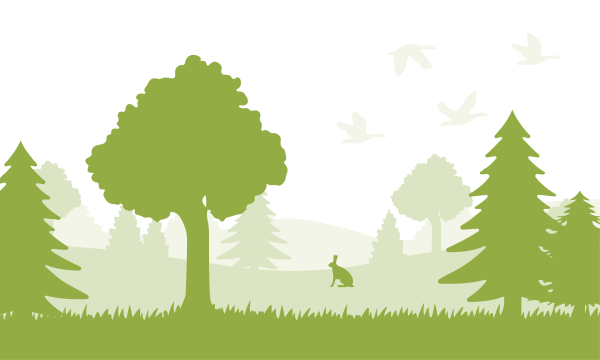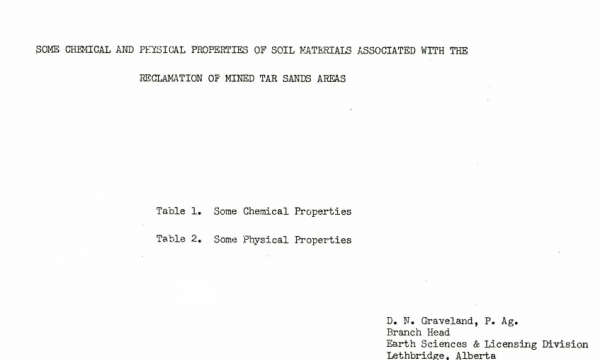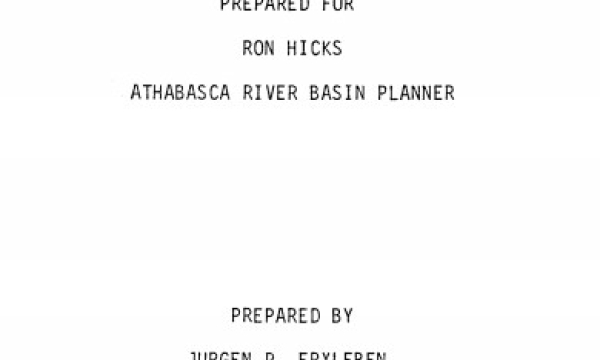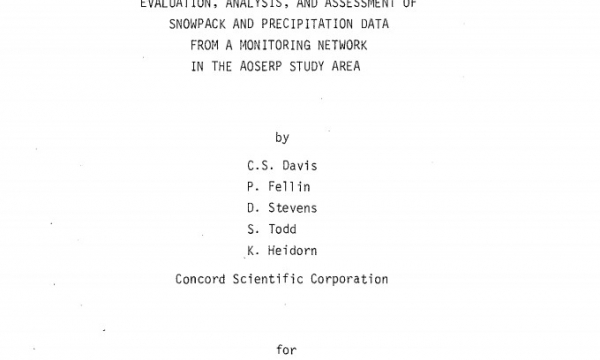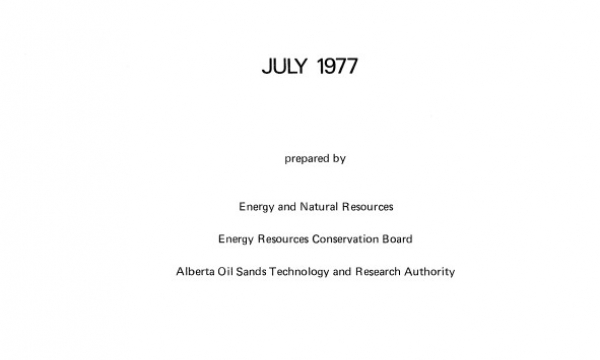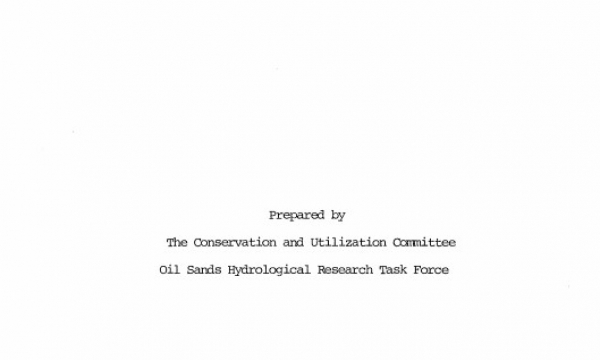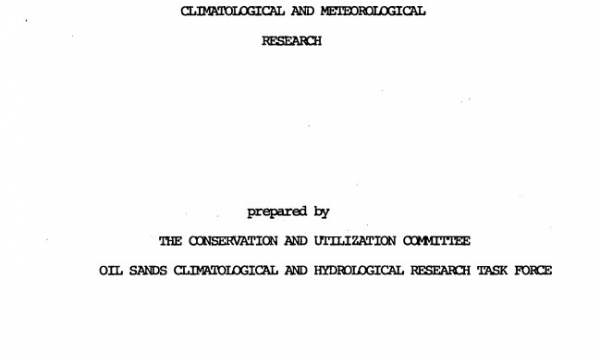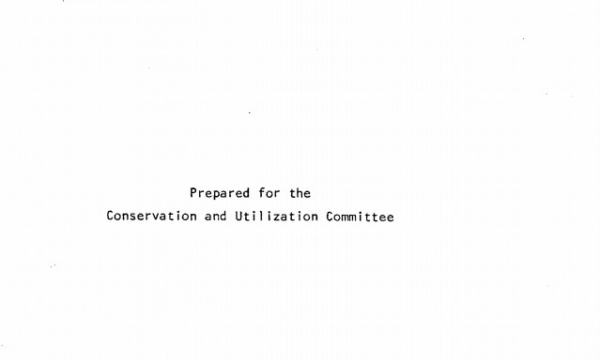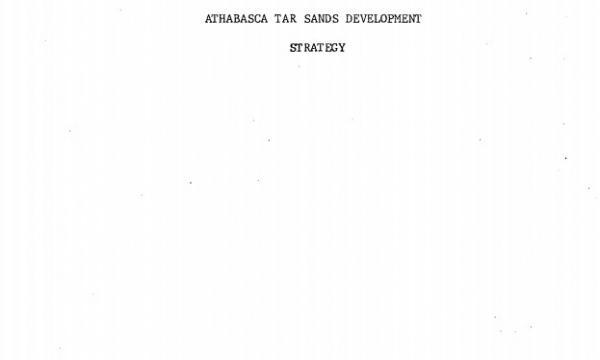Ressources de Gestion des Terres
Ressource
Auteurs
Hal Hamilton
Ron Wallace
D. Westlake
Julia Foght
Barry Taylor
Steve Hrudey
Relationship between hydrocarbons present naturally, or introduced due to surface oil sands mining and upgrading activities, and their potential bioaccumulation and tainting of the commercial fishery
Ressource
Auteurs
Anne McIntosh
Bonnie Drozdowski
Dani Degenhardt
Chris Powter
Christina Small
John Begg
Dan Farr
Arnold Janz
Randi Lupardus
Delinda Ryerson
Jim Schieck
Scientifically robust monitoring protocol to enable consistent assessment of ecological recovery of physical, chemical, and biological indicators at certified reclaimed well pads on grasslands.
Ressource
This document consists of two tables providing chemical and physical properties of soil, peat, overburden, spent sand and lean tar sand from Syncrude and Suncor.
Ressource
Nearly 76% of all water used in the basin in 1981 was obtained from the river, 22% from major tributaries and other surface sources, and the remaining 2% from groundwater
Ressource
Auteurs
C.S. Davis
P. Fellin
D. Stevens
S. Todd
K. Heidorn
Since the determination of the environmental impact of two major pollution sources on precipitation quality was a primary project objective, poor collection efficiencies did not satisfy the objective
Ressource
Auteurs
Energy and Natural Resources
Energy Resources Conservation Board
Alberta Oil Sands Technology and Research Authority
Overview of the oil sands, current commercial developments, experimental work, an overview of Fort McMurray and the role of government agencies in development and management of oil sands.
Ressource
Auteurs
Conservation and Utilization Committee
The research needs are set out in two groups – (1) describing existing hydrologic resources and (2) development impact studies. Within these two groups listing is in descending order of priority.
Ressource
Auteurs
Conservation and Utilization Committee
To be realistic we must therefore accept the fact that some pollution will enter the atmosphere. The basic question to be answered is: "How much can reasonably be allowed?"
Ressource
Auteurs
Conservation and Utilization Committee
More emphasis is placed on field programs than on greenhouse studies, because of the nature of the problems involved. However, some topics can only be studied by laboratory methods for several years,
Ressource
Auteurs
Conservation and Utilization Committee
Alberta should regulate and control the Athabasca tar sands development for the socio-economic benefit of Albertans. Rate of development of 1 plant in every 4 years is consistent with present tecnolog


